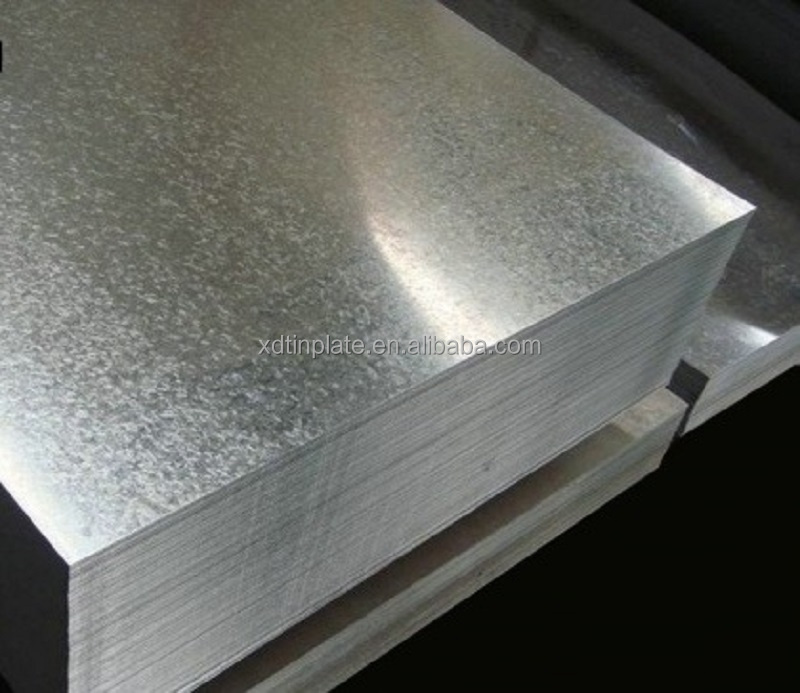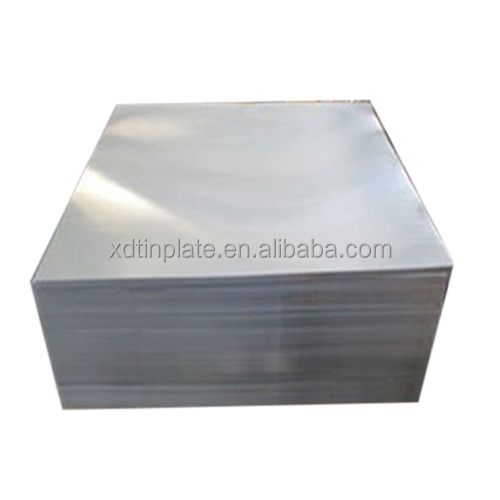
Oct . 24, 2025 10:30 Back to list
Buy Metal Roof Slip Sheet Factory Direct – OEM, Fast Ship
Buying Guide: Metal Roof Slip Sheets From a Factory Supplier
If you’re hunting for a dependable slip layer for metal roofing—something that resists corrosion, carries loads, and behaves predictably on-site—start with the real thing: Buy Metal Roof Slip Sheet Factory. I’ve toured a lot of coil lines, and honestly, the devil is in the coating chemistry and QC discipline. This product—0.3mm PPGI galvanized iron sheet steel coils—lands squarely in the “practical and durable” camp.

What’s Trending in Slip Sheets for Metal Roofs
Trends shift, but three stand out: thinner gauges with higher strength, chromate-free passivation, and predictable coating adhesion for long service life. Many contractors tell me they want a slip sheet that separates dissimilar metals, reduces noise, and won’t “print” rust stains—basically a stable interface. This PPGI GI coil answers that, particularly in coastal or industrial zones where salt or SO₂ are not forgiving.
Process Flow (Factory-Level)
Materials: cold-rolled steel (DX51D or similar) → continuous hot-dip galvanizing (Z coating) → passivation (often Cr6+-free) → primer + topcoat (polyester or SMP) → curing → quality tests. Methods include tension leveling, precise coating weight control, and inline film thickness gauges. Typical tests: ASTM A653/EN 10346 compliance, salt spray per ASTM B117, T-bend, impact resistance, and cross-hatch adhesion. Service life in typical urban use: around 15–25 years; coastal or chemical exposure: plan maintenance cycles sooner (real-world use may vary).

Product Snapshot: 0.3mm PPGI GI Coils
| Parameter | Typical Value |
|---|---|
| Base metal | DX51D+Z or equivalent |
| Thickness | 0.30 mm (≈0.27–0.31 mm tolerance) |
| Zinc coating | Z120–Z275 g/m² (both sides total) |
| Topcoat/Backcoat | 15–25 μm / 5–10 μm |
| Width | 914–1250 mm (slitting available) |
| Tensile/Yield | TS 270–550 MPa / YS ≈240 MPa |
| Tests (typical) | ASTM B117 ≥480–1000h, T-bend ≤3T, adhesion 5B |
Usage scenarios: a slip layer between copper/aluminum roofs and steel decks to limit galvanic couples; sound-dampening under panels; walkable temporary protection during installation; HVAC housings and flashings; agricultural sheds; coastal warehouses. Customers report fewer squeaks in thermal cycling and easier panel alignment—small wins, but they add up.
Customization & Certifications
Options include RAL colors, coating weight tuning (Z120–Z275), anti-fingerprint, peelable films, coil ID 508/610 mm, and narrow slits for tricky details. Common certifications: ISO 9001, material conformity to ASTM A653/EN 10346, and RoHS-friendly coatings on request. Factory address for the record: Room 1017, Qicheng Building, No.210, ZhongHuanan Street, Qiaoxi District, Shijiazhuang City, Hebei Province.

Vendor Comparison (Quick Take)
| Vendor | Lead Time | QC/Testing | Certs | Notes |
|---|---|---|---|---|
| This factory | 10–20 days (≈) | ASTM B117, T-bend, D3359 | ISO 9001, ASTM/EN material | Consistent color/flatness |
| Vendor A | 15–30 days | Basic visual + thickness | ISO (claimed) | Limited coil widths |
| Vendor B | 20–35 days | Salt spray on request | — | Variable paint lots |
Field Notes and Mini Case
In a coastal warehouse retrofit near Qingdao, the slip sheet (0.3 mm, Z180, polyester) clocked >720h ASTM B117 with no red rust; installers noted easier fastener seating and less panel chatter. Another farm shed project used Z275 for peace of mind—overkill maybe, but the customer sleeps better. To be honest, that’s worth it sometimes.
If you’re pricing a Buy Metal Roof Slip Sheet Factory solution, ask for coating certificates, salt-spray data snapshots, and T-bend results. And yes, confirm color batch consistency—surprisingly, it’s the number one site complaint I hear.
Final tip: specify the interface goal (galvanic isolation, sound, walkability) and environment (urban/coastal/industrial). A good Buy Metal Roof Slip Sheet Factory partner will tune coating weight and paint system accordingly.
References
- ASTM A653/A653M – Standard Specification for Steel Sheet, Zinc-Coated (Galvanized). https://www.astm.org/a0653_a0653m
- EN 10346 – Continuously hot-dip coated steel flat products. https://standards.iteh.ai/catalog/standards/cen/7a7b38da-2d03-4aa4-b53f-8f95ca3c473d/en-10346
- ASTM B117 – Standard Practice for Salt Spray (Fog) Testing. https://www.astm.org/b0117
- ISO 9001 – Quality management systems. https://www.iso.org/iso-9001-quality-management.html
-
Reliable Water Tin Can Supplier | Durable & Sustainable Tinplate Containers
NewsNov.24,2025
-
Reliable Water Tin Can Suppliers for Durable and Sustainable Water Storage
NewsNov.24,2025
-
Water Tin Can Factory: Sustainable Solutions for Safe Water Packaging
NewsNov.23,2025
-
Trusted Galvanized Malleable Iron Manufacturer for Durable Infrastructure Solutions
NewsNov.23,2025
-
Trusted Galvanized Malleable Iron Manufacturers | Durable & Custom Iron Components
NewsNov.22,2025
-
Galvanized Malleable Iron Factories – Durable & Cost-Effective Industrial Solutions
NewsNov.22,2025